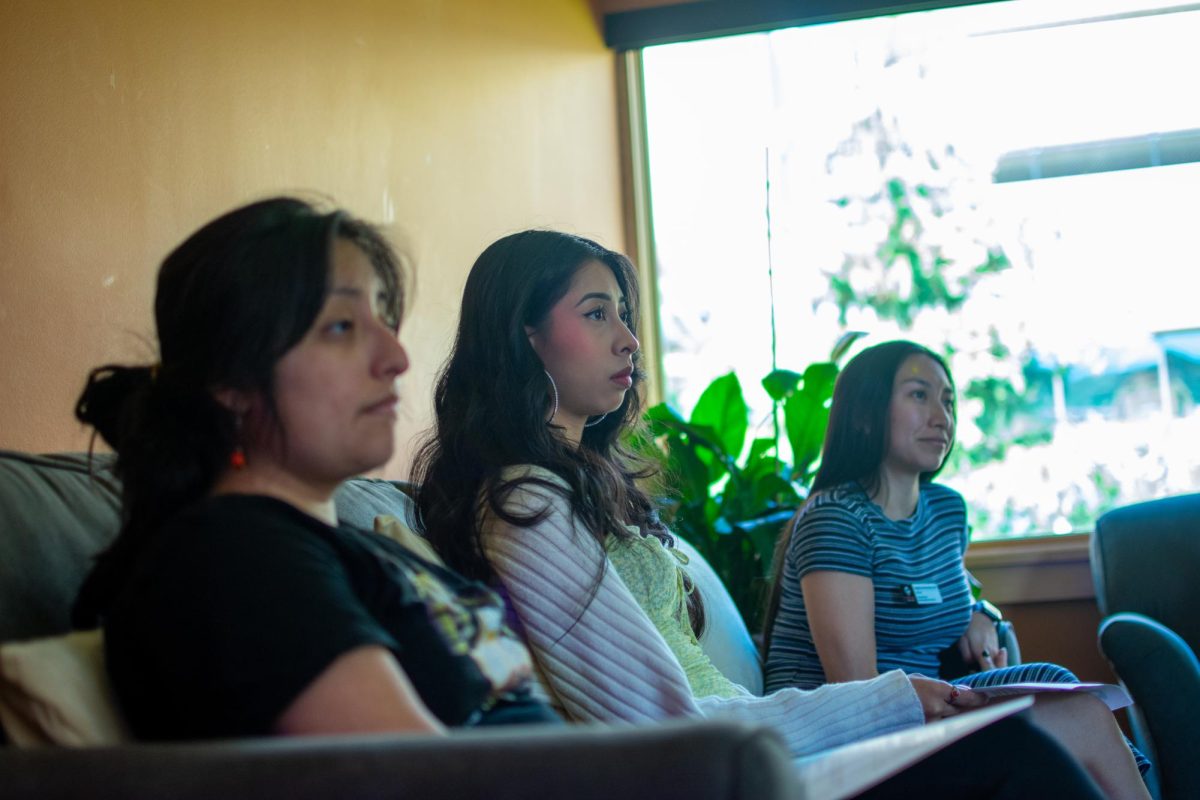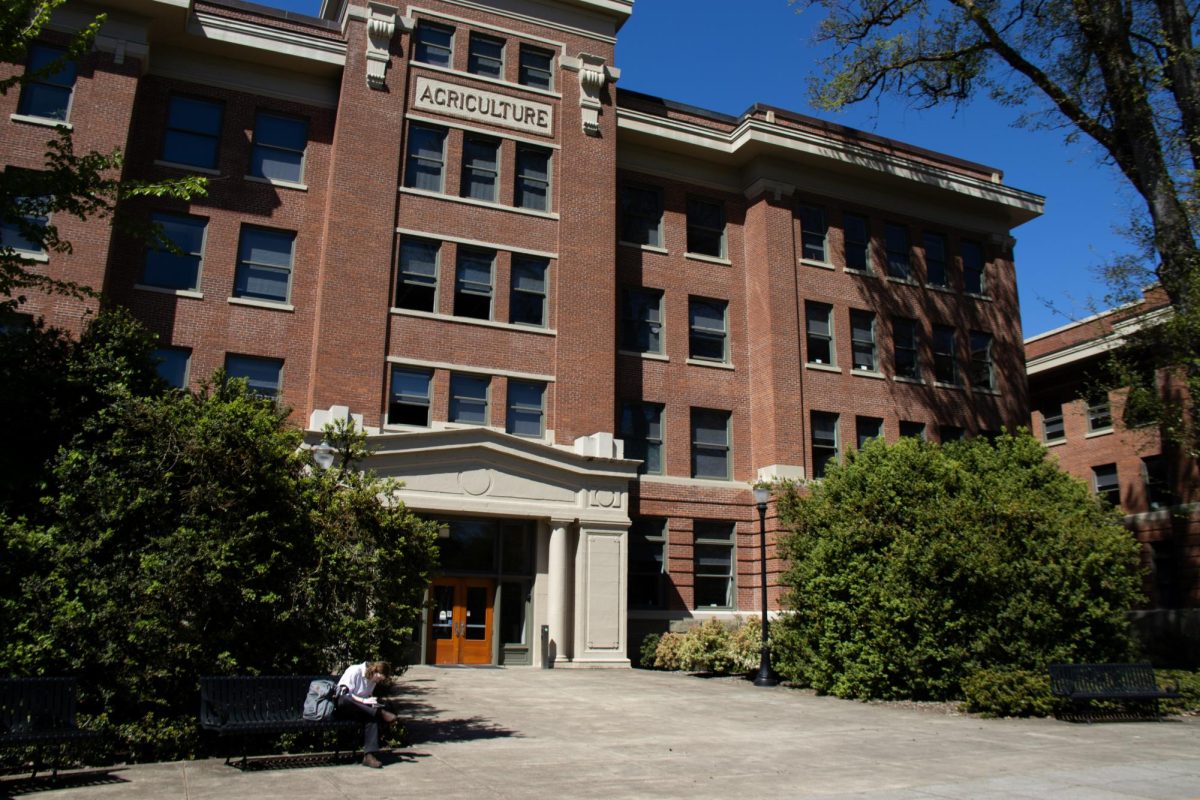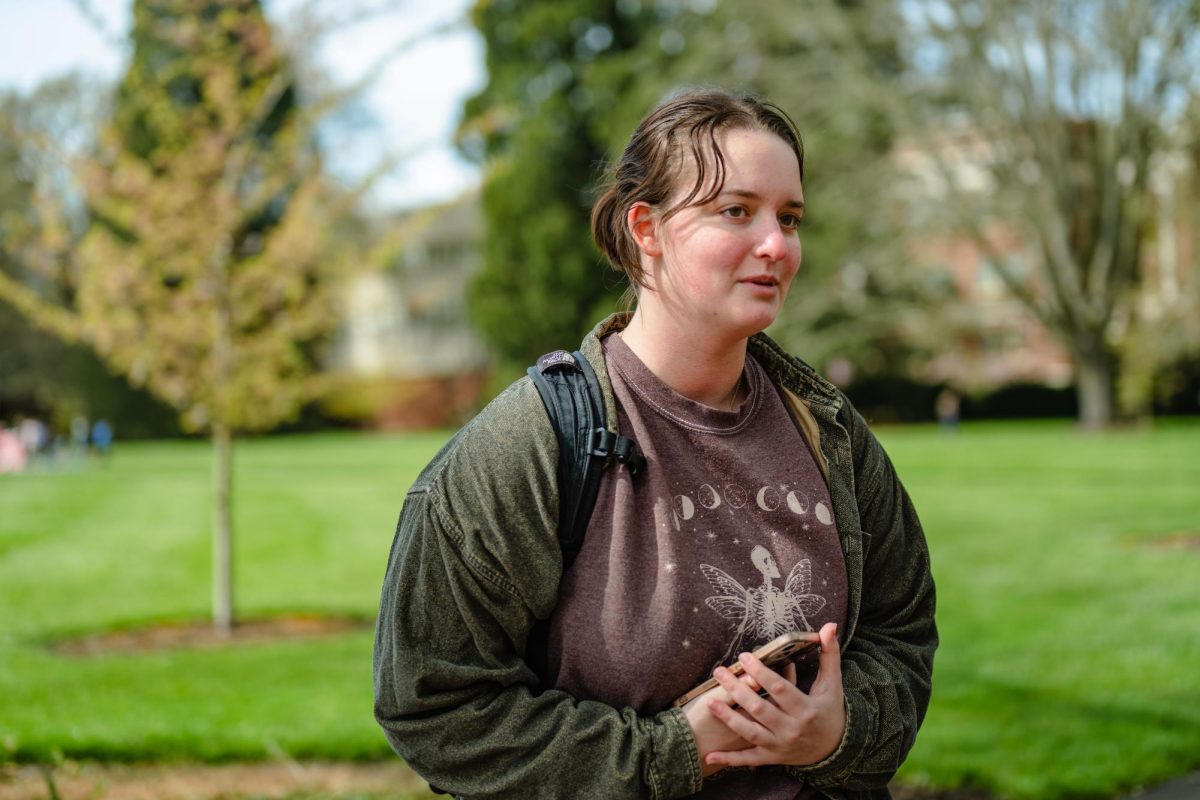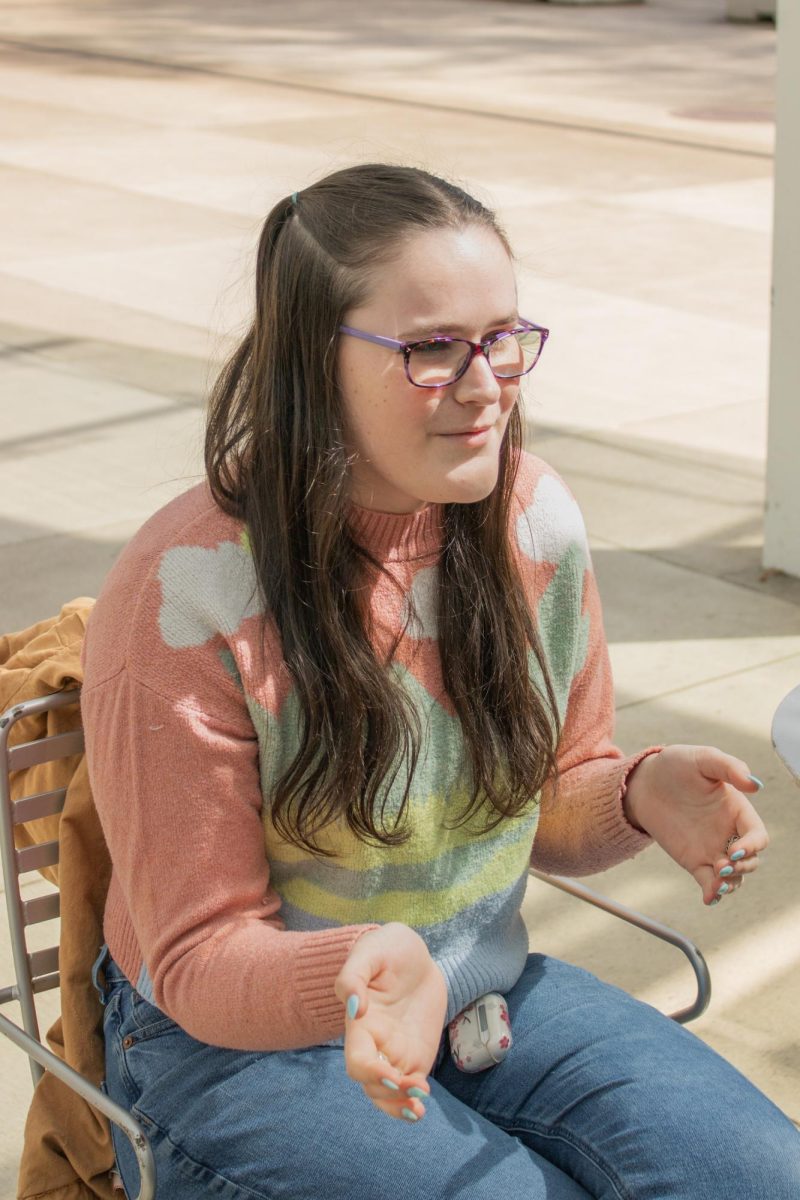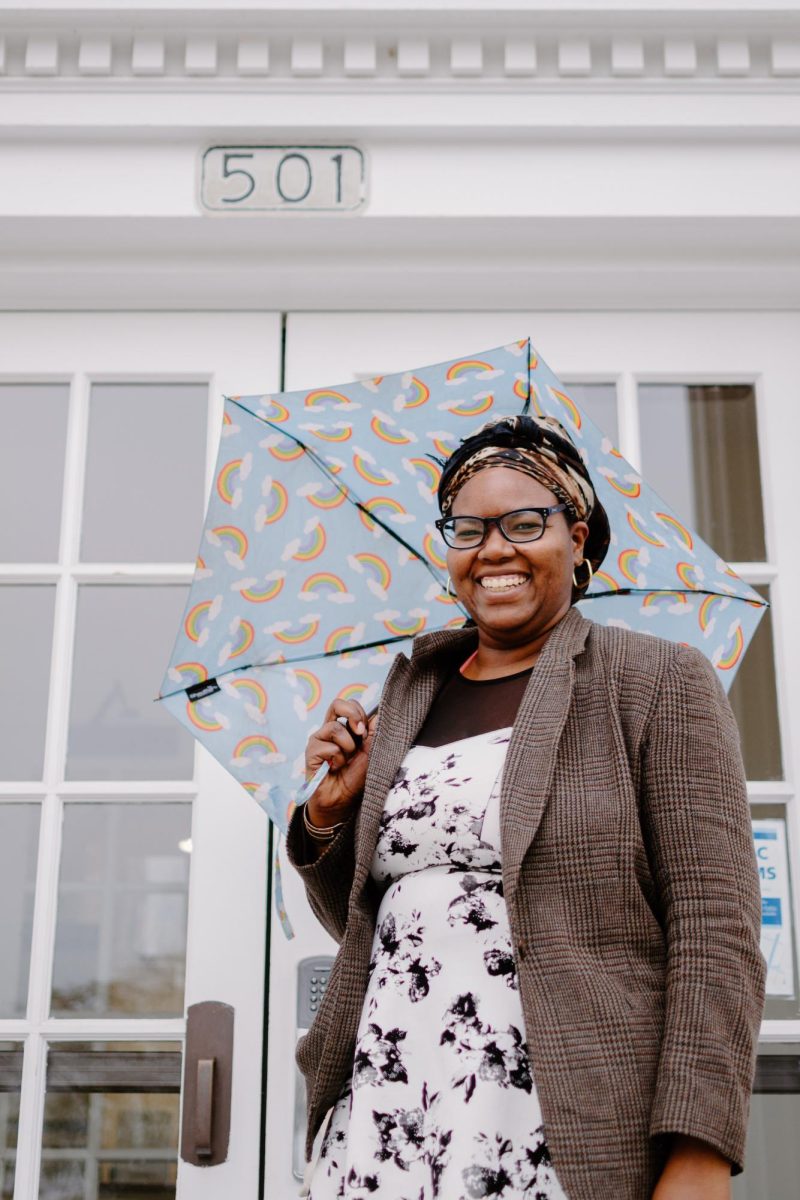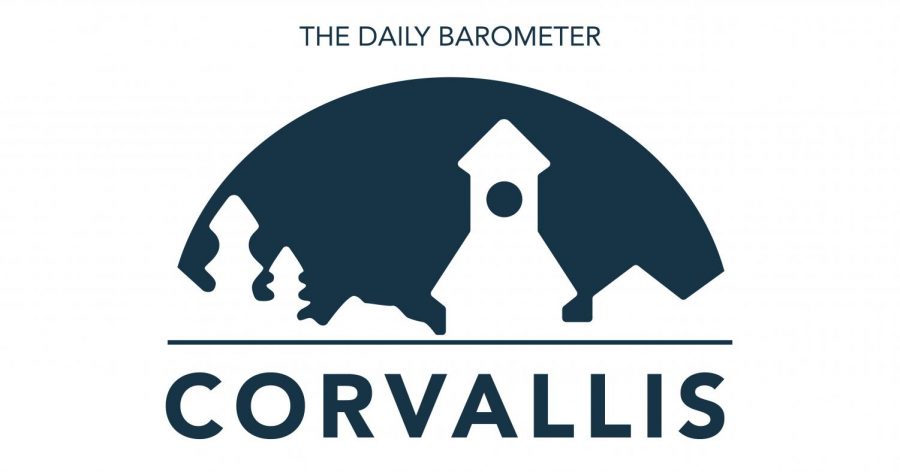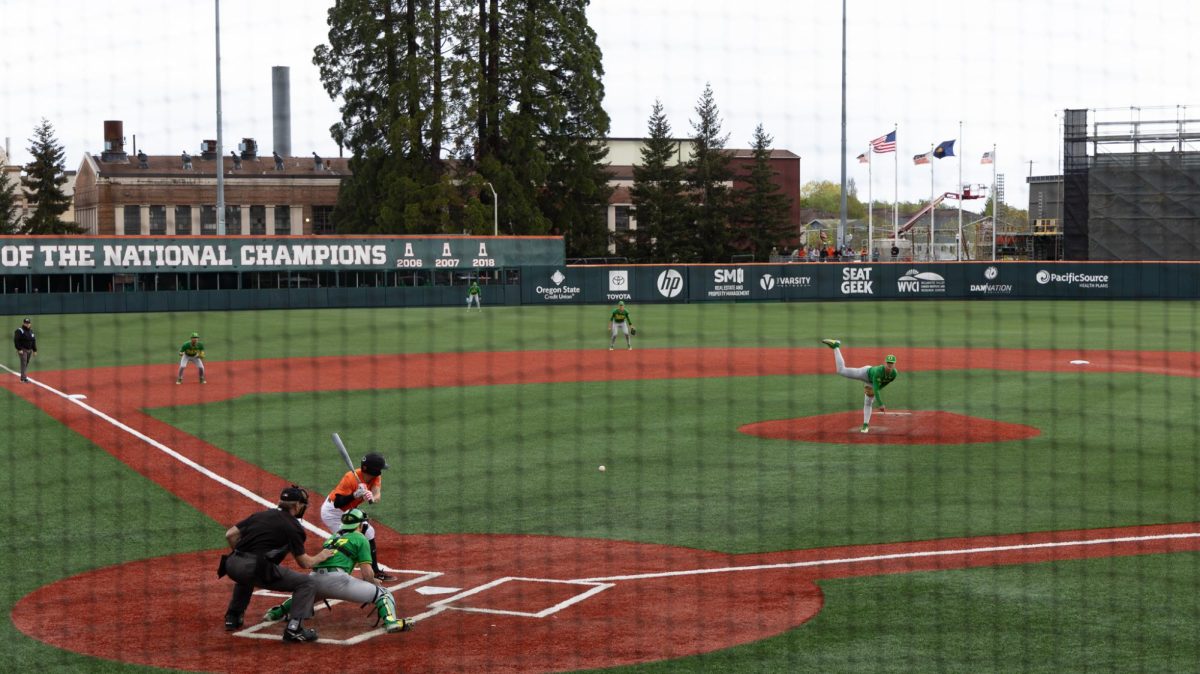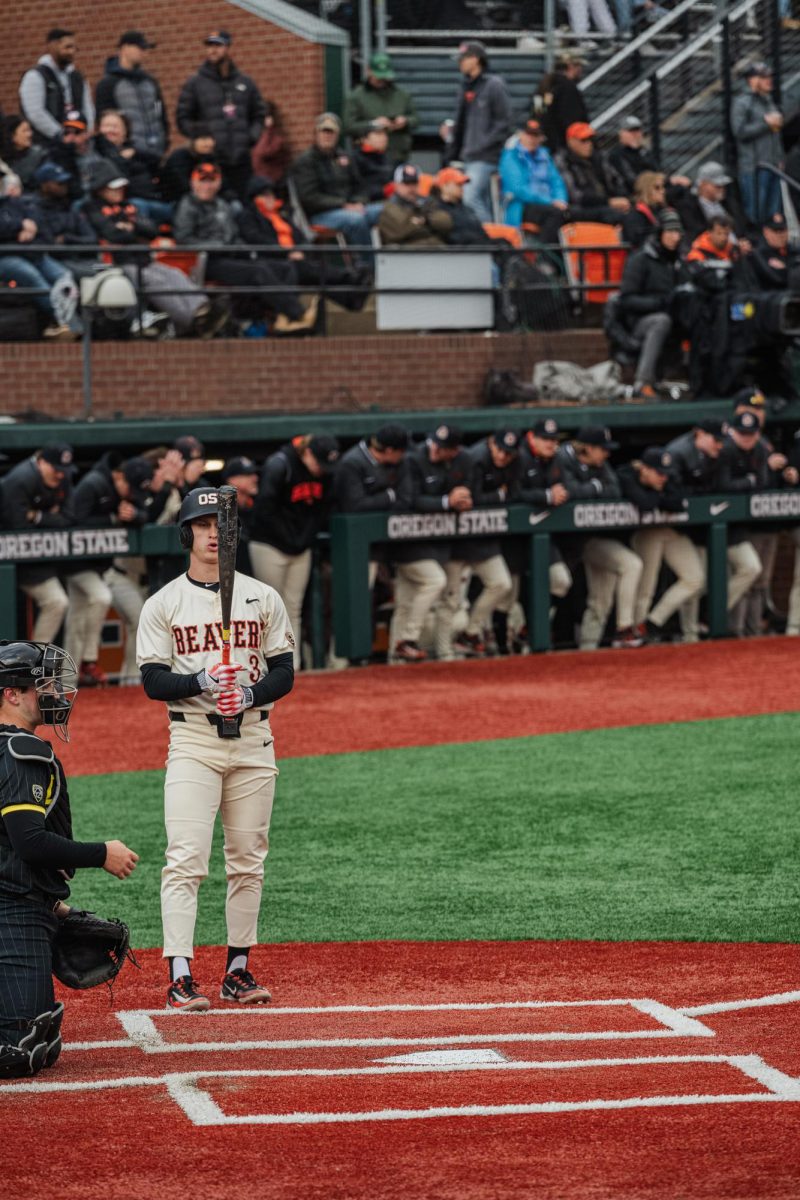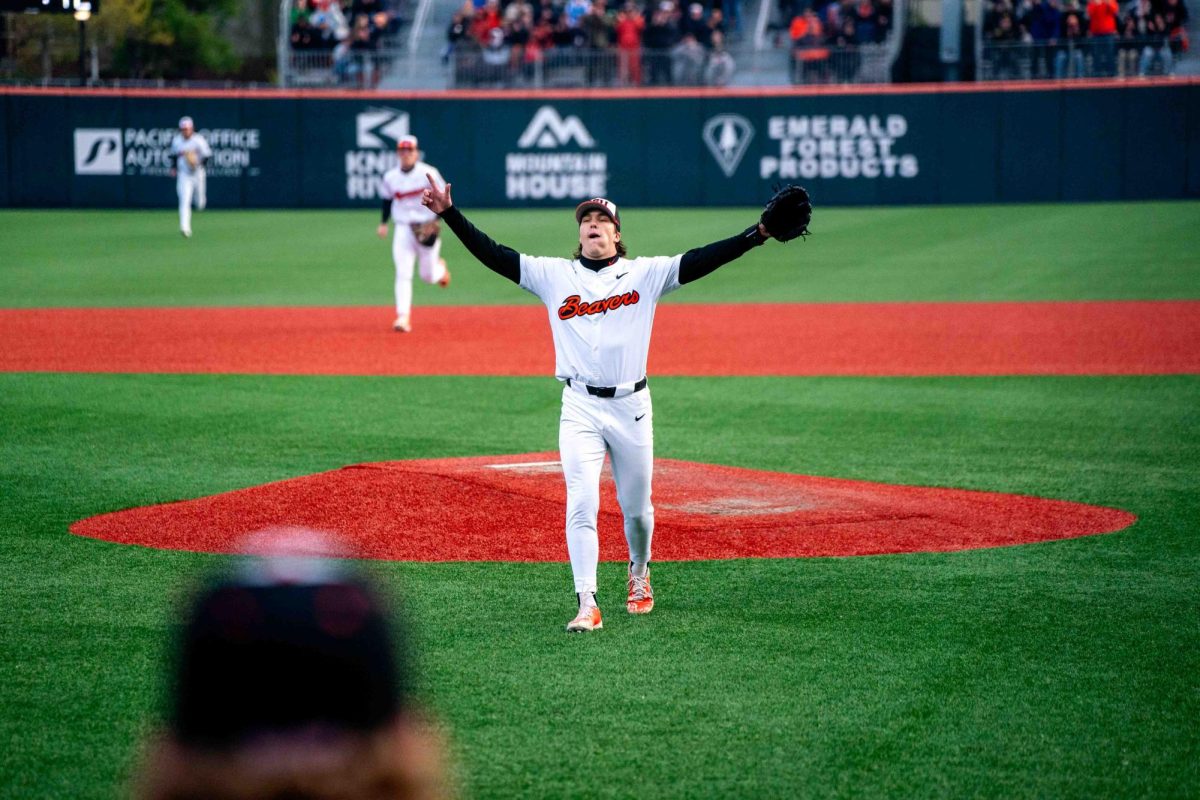Sitting down at a desk.
Who could have thought something so trivial would have big problems with it? As it turns out, not all desks are created equal.
For many left-handed students at Oregon State University, a shortage of left-handed desks means a full class period of uncomfortable note-taking.
Ella Stout, a fourth-year public health major, said she often experiences difficulty in finding a left-handed desk within classrooms. She believes it may also come from right-handed students occupying left-handed desks, perhaps unknowingly.
“A lot of times people who are right-handed sit in left-handed desks. I take all my notes by hand, so I prefer to have just a little bit of leverage like that and it feels like a really petty thing to get annoyed by, but it’s still really frustrating,” Stout said.
The Handedness Research Institute says that left-handed people are disadvantaged in test and note-taking because they experience more shoulder, back and neck pain as a result of contorting their body to accommodate the desk shape. Usually, left-handed people will twist their body so they can rest their left arm on the tablet.
According to Stout, in many classrooms, there are a limited number of left-handed desks, and their placement within the classroom is not ideal for her.
“In one of the engineering buildings, they’re all along the very back and so you have to sit in the back,” Stout said.
For students experiencing these struggles, researchers at the National Institute of Health determined that left-handedness has a genetic origin, rather than coming as a result of environmental factors.
To combat the disproportionately small number of left-handed desks in classrooms, the Oregon State University Equal Opportunity and Access Program is working to incorporate a “universal design” into many classrooms, according to Becky Bangs, executive director for the EOA program.
“Universal design is a concept in which products and environments are designed to be usable by all people without the need for adaptation or specialized design,” Bangs said.
Regarding left-handedness, universal design looks like incorporating more tables in classrooms instead of tablet desks (desks with a single chair attached to a tablet for note-taking) and tablet desks being designed so that they are big enough to be used comfortably by both left and right-handed people, according to Bangs.
Left-handedness does have one benefit: it is a conversation starter.
“It’s fun meeting someone in public who’s left-handed and all of a sudden being like, ‘Oh my god, you’re left-handed?’” Stout said.


